An Eyewitness Account by SSG Arnold Krause
In Vietnam, the NVA and VC organizations fought a
very different war to the one we (the U.S. army) were
attempting.Guerilla warfare was the best tool the North Vietnam forces
employed against our mega-sized campaigns in the early years, and,
later, the numerous search and destroy and reconnaissance in force
missions we came to employ daily in conjunction with night operations.
 A Reconnaissance In Force (‘RIF’) Mission gets airborne (Dennis Buckley, 212warriors.com)
A Reconnaissance In Force (‘RIF’) Mission gets airborne (Dennis Buckley, 212warriors.com)
The night ambushes were designed to catch the enemy’s movement by
surprise, knowing they had to avoid aerial detection during daylight
hours. It was also our attempt to strike some fear into them, but the
success ratio of night ambushes rarely matched the efforts to conduct
them. The NVA knew full well that they could not battle us strength to
strength without air and artillery support, so they chose to play cat
and mouse and just wait us out, which is exactly what they did for more
than a decade. Eventually public opinion and politics overtook any
military strategies we used and without public support, our efforts
eroded and we gave up.
 North Vietnamese Fighters in action during the Tet Offensive
North Vietnamese Fighters in action during the Tet Offensive
Clearly, the largest military campaign by North Vietnam was the TET
offensive launched on January 30, 1968. Not until most of the U.S.
ground forces had departed the county by mid 1971, did the North begin
to expand their military effort against the South Vietnamese Army
unencumbered by outside intervention. Only upon our official departure
from RVN in 1973, under the banner of the Paris Peace Accords, when the
last of U.S. troops were gone, did the North began to invade the South
and ultimately defeat the South Vietnamese Army and overthrow the
government on April 30th, 1975.
This was 4 years and 1 week after the 2/12th was withdrawn from Vietnam.
Most of the skirmishes between opposing forces during the war varied
in size from individuals using sniper fire, to squad and platoon size
battles against equally sized U.S. forces. Only on rare occasions, when
the North felt that they had a tactical advantage which included a
combination of manpower, firepower, and good escape routes, did they
choose to engage us full on.
 US soldiers patrolling through a rice paddy, as life goes on around them (212warriors.com)
US soldiers patrolling through a rice paddy, as life goes on around them (212warriors.com)
Most of these pitched battles occurred at night and mostly against
U.S. forces that were in some type of fire support bases or defensive
positions using makeshift firing positions, shallow foxholes, two or
three rows of concertina wire along with claymore mines for protection.
One could conclude with 99% certainty that the outcome of these battles always favored the U.S.
There were occasions when U.S. forces on patrol were ambushed (squad
and platoon sized units) in which the enemy inflicted great damage, but
when it came to company and larger forces in direct battle, the north
was always defeated or withdrew from the engagement regardless of the
situation. We always had the support of artillery and air power to help
defend our positions, whereas the enemy was always fighting only with
what they could carry (portable .51 Cal machine guns and 82MM mortars
and 122mm rockets) except in the North (I Corp) where they had some
artillery and at times attempted to use tanks.

C
aptured Viet Cong Soldier (Corbis)
However, the North Vietnamese soldiers fighting for their beliefs
were a dedicated, tenacious, battle hardened, fearless group not afraid
of dying for their cause, which was the reunification of the North and
South Vietnams.
They firmly believed that our arrival to this country was to assume
the power position of the French, who were cast out of the country in
1954 after being defeated by Ho Chi Minh at the battle of Diem Bien Phu.
The North Vietnamese believed the U.S. was attempting to colonize the
country or so the story is told, to justify the North’s invasion of the
South. When the South announced its “independence”, the North was not
EVER going to accept that as reality and embarked on a long war to
repatriate the two countries.
The war became a game of the hunter and the hunted. The daily
operations directed by our S2 intelligence operations sent us far and
wide through all types of terrain. The southern end of Vietnam was
vastly different geographically to the hilly and mountainous areas of I
& II Corps. See attached photo of how Vietnam was divided up
operationally.
 Military regions of South Vietnam during the Vietnam War
Military regions of South Vietnam during the Vietnam War
Being stationed in III Corp for my tour, in the area to the north
west of Saigon, stretching to the Cambodian border I experienced the
hilly terrain of the Razorback Mountains north of Dau Tieng and the
jungle that stretched along the base of the range. To the east and west
of Dau Tieng were the vast Ben Cui and Michelin Rubber plantations, then
later in my tour the Hobo and Boi Loi Woods and a healthy dose of rice
paddies, hamlets, villages and hedgerows with occasional pockets of
heavily wooded forests like the Straight Edge Woods south of Tay Ninh.
 A Viet Cong soldier emerges from a spider hole (Corbis)
A Viet Cong soldier emerges from a spider hole (Corbis)
What did not change as we marched our way through all this land was
the continual discovery of tunnels, spider holes, trenches, bunkers,
above and below ground, both old and new – and booby-traps.
 Viet Cong mines discovered at a base camp (Craig Schoonderwoerd, 212warriors.com)
Viet Cong mines discovered at a base camp (Craig Schoonderwoerd, 212warriors.com)
The enemy was doing the same things we were doing to protect
themselves. While we created defensive positions in the open areas of
forests, jungles and rice paddies to create fields of fire, they chose
to use the cover of vegetation, hedgerows and any other heavy cover they
could conceal themselves from detection and generate the most damage to
us if we managed to stumble into their fortifications. It created a
formidable shield for us to penetrate, let alone the idea of whether it
was worth the effort to root them out of their positions using brute
force.
There seemed to be hardly a day that did not pass that someone tripped a booby trap or stepped into a punji pit.
 A punji trap – sharpened bamboo stakes in a camouflaged hole. They could pierce a solder’s boot.
A punji trap – sharpened bamboo stakes in a camouflaged hole. They could pierce a solder’s boot.
The VC would use any type of ordnance they could find to set up a
trap. They were all nasty, deadly at times, and very effective in
maiming our troops. On December 6, 1968 while on patrol out in the Hobo
Woods, the 1st Platoon from my company triggered a booby-trapped
artillery round that killed 5 G.I.s and wounded another dozen or so.
It was a devastating blast.
 Viet Cong Bunker uncovered (212warriors.com)
Viet Cong Bunker uncovered (212warriors.com)
MACV (Military Assistance Command Vietnam) put great emphasis on the
enemy’s infrastructure. You can clearly see this by reading the
statistics after every engagement. The report would read how many
bunkers or feet of trenches were discovered and how much was destroyed
by artillery, gunship or aerial bombardment. Not that any of this
mattered to us, because the enemy just rebuilt wherever and whenever he
needed to.
Intelligence gathering by our SOG’s (Special Operations Groups),
sometimes CIA operations run along and inside the borders of Cambodia
and our own LRRP’s (long rang reconnaissance patrols), RECON
(reconnaissance platoons), CRIP’s (Combined reconnaissance and
intelligence platoons) both housed within the maneuvering battalions and
aerial reconnaissance were all out looking for enemy activity,
direction and purpose.
 Captured from a Viet Cong base camp – flags, typewriter, sewing machine and weapons (212warriors.com)
Captured from a Viet Cong base camp – flags, typewriter, sewing machine and weapons (212warriors.com)
Using this information, occasionally we would find a fresh base camp
of bunkers, trenches and makeshift quarters. If we surprised the enemy,
we might find fresh food stores of rice, weapons caches and occasionally
medical supplies.
 Camouflaged Viet Cong bunker entrance (212warriors.com)
Camouflaged Viet Cong bunker entrance (212warriors.com)
If the enemy had a choice, once they were discovered, it was to leave the food but to take the weapons.
We found their fortifications in the densest areas of cover. They
could effectively handle a platoon (25-40 men) to a company sized force
(80-160 men). The VC and NVA were constantly on the move from one point
to another, and they crisscrossed the land as much as we did.
 NVA pass through a base camp in a forest
NVA pass through a base camp in a forest
These base camps, both small and large could either be above ground,
or, if below, connected via spider holes, and camouflaged trap doors
which led down through a maze of tunnels connecting other bunkers or
sometimes leading to hollowed out rooms used mostly for concealment.
Comparing the construction of fortifications in the field between the NVA/VC and US/ARVN forces was dramatic.
 Headquarters, 4th Infantry Division (darrellpeck.com)
Headquarters, 4th Infantry Division (darrellpeck.com)
Not taking into consideration our large brigade and division base
camps where materials and manpower seemed endless, out in the field, our
options were smaller.
 A U.S. Fire Support Base (‘FSB’) ( Vaughn Banting, 212warriors.com)
A U.S. Fire Support Base (‘FSB’) ( Vaughn Banting, 212warriors.com)
Take, for example, our FSB’s (fire support bases) that we created.
Some of these were intended to be used for one operation or just a brief
period of time, a month or less. The firing positions could be foxholes
with polypropylene sandbags placed in front of the positions and no
overhead cover. For the more permanent locations, where we stayed for
months at a time, we dug our bunkers, then surrounded them with sandbags
and for a roof, we used PSP (perforated steel plate) sheets which were
about two feet wide and 8-10 feet long, normally used to create
temporary runways for planes.
These sheets were then covered with two or three layers of sandbags
to protect the bunker from mortar attacks. Some of the firing positions
may have chain link fence strung out in front to guard the position from
RPGs (rocket propelled grenades), a very dangerous and effective weapon
used against personnel.
 Logs and earth: Viet Cong bunker entrance, with US M-16 rifle in the foreground (212warriors.com)
Logs and earth: Viet Cong bunker entrance, with US M-16 rifle in the foreground (212warriors.com)
The NVA/VC was “stuck” for the most part with creating their
fortifications with the materials they had around them. They did not
have the luxury of having a Chinook Ch-47 bring out sandbags, PSP and
concertina wire for the troops. No, they had to rely on concealment
mainly.
Their bunkers were dug in the dirt, under trees or bamboo stands and
any protection they had was fashioned from sticks, tree limbs and bamboo
for their roofs, with dirt piled on top. This would hardly stop a
bullet, let along mortar or artillery fire.
 Viet Cong cooking area (212warriors.com)
Viet Cong cooking area (212warriors.com)
If I was the enemy, I would find little comfort in trying to hide
behind these makeshifts bunkers fighting against heavy weapons fire. You
have to keep in mind, that their fortifications were only temporary
intended for a day, maybe a week or two, and then they were on the move.
Whereas for us, our structures were built for months, and, in a few
cases, for more than a year, such as FSB Pershing (October ’68 –
February ‘70).
Arnold served his time with the 25th Division in III Corp area
between March 1968 to March 1969, mostly operating northwest of Saigon
and around Duc Hoc, Hoc Mon, Cu Chi, Trang Bang, Tay Ninh, Dau Tieng,
the Hobo Woods, Iron Triangle, War Zones C and D and all the area to
Cambodia’s border from the Angel’s Wing to the Fish Hook.
Above Photo: Viet Cong Guerillas in South Vietnam
It’s October 1, 1968. I’ve been an NCO for about six weeks. The men
(boys?) in my squad and I are adjusting to each other. We have moved
from our location south of Hoc Mon into a new area just north of Trang
Bang and west of Cu Chi where the 25th Div. base camp is located. The
battalion is set up in two fire support bases, Stuart (one company) and
Pershing (three companies). The companies rotate between the two FSB’s
every couple of weeks.
 Map shows part of the Iron Triangle (north of the
Mushroom and the Saigon River), and a Viet Cong supply route in red. Our
operational area is shown in yellow. (Arnold Krause)
Map shows part of the Iron Triangle (north of the
Mushroom and the Saigon River), and a Viet Cong supply route in red. Our
operational area is shown in yellow. (Arnold Krause)
The area is mostly rice fields, divided by large areas of brush and
trees. The rice paddies are lined with hedgerows which serve as natural
fences and property lines. Winter is over, but many of the fields still
have water in them, which will have disappeared by the time we reach
November.
Just to the north of our fire support base (FSB Pershing), lies the
areas designated the Boi Loi Woods on the left, the Hobo Woods in the
middle and to the east and directly north of Cu Chi is the Filhol Rubber
Plantation. These three areas reach north and touch the Saigon River
which is one of our boundary lines for our tactical area of operation.
Flight operations picked up and each company took turns with eagle
flights (combat assaults) to our north and east searching for “Charlie”
(VC). A major supply route drops down from Cambodia, runs east of the
Michelin Plantation near Dau Tieng, through the Iron Triangle, a
stronghold for the VC before we defoliated much of the vegetation. (See
above map).
The trail then cut across the Saigon river continued south west of
the Filhol Rubber plantation and Cu Chi and on into the Saigon area. It
is heavily traveled and many local villages are sympathetic to the VC.
 Pensive soldiers aboard a Huey
Pensive soldiers aboard a Huey
Our task is to interrupt this supply route and to engage from the
9th VC Division, the 101st and 272nd NVA Infantry Regiments that are
located in this region, which we believed might number 4,000 – 5,000
troops.
It’s evening and everyone has had chow, and is settling down to what
we usually do with our free time. Some are cleaning weapons while others
are jaw boning in some friendly conversation.
I, along with the other NCO’s of third platoon, are notified that SFC
John L. Partee and 1LT David Riggs want to go over tomorrow’s mission. I
make my way over to their tent. Our mission tomorrow will be an eagle
flight east to an area near X. Sa Nho, a village, which we have been
having a lot of trouble with. Bravo Co. will be joining Charlie Co. and
will work the area to our west. They are supporting our flank in a
blocking and attack position. We are going to sweep the wooded area to
the northwest of the village to see if our intelligence is correct with
information that says there is a large force holed up there. 2nd and
3rd Platoons will be handling the combat assault and each platoon will
provide 30 men including the Platoon leader, his radio man and our
Forward Observer. 1st Platoon
is assigned road security along Alpha 6.
 Eagle Flight (James Tamash, 212warriors.com)
Eagle Flight (James Tamash, 212warriors.com)
The 187th AHC (Assault Helicopter Company) is assigned to provide
transportation in 2 lifts of 12 ships each. At 0745 we move out into the
pickup zone which is outside the perimeter on the east side of the FSB
and get into groups of 6 men and ready ourselves for the chopper’s
arrival.
On time, the Crusaders from the 187th arrive and we scamper onboard
at 0800 for the 10 minute ride to our LZ. Arriving at the LZ, two
gunships are circling the area providing cover. We fly into the LZ and
set down in an open and large rice paddy area and hop off of the slicks.
There is no enemy activity and for the moment, all is quiet.
 Eagle flights in the Iron triangle (Bill Benson 212warriors.com)
Eagle flights in the Iron triangle (Bill Benson 212warriors.com)
On the ground we fan out to create a perimeter of defense while we
wait for the rest of the unit to arrive. Once all the “lifts” (more than
one eagle flight, depending on how many choppers have been allocated to
move the battalion’s troops for the day’s operations) have been
completed, the lead platoon, in this case, it’s my platoon, sends out
its flankers and we get into two files since the area is fairly open.
My squad has point and so I double check my topographical map and
using a compass set the azimuth according to the first check point for
the mission. Once we are in formation I wait for SFC Partee to signal
for us to move out. Bravo Co. is just off to the left several hundred
meters away but traveling in the same direction. The operation is hoping
to create a blocking movement by one company and force the enemy to
retreat or try to escape by moving into the other company where we can
catch them in a cross fire. I receive word to get moving, and tell PFC
Ed Wales, my point man what direction I want him to take as we start
out.
 On patrol in the Iron Triangle (James Tamash, 212warriors.com)
On patrol in the Iron Triangle (James Tamash, 212warriors.com)
As the day progresses we reach CP (check point) Alpha, then Bravo,
and all is quiet. After a brief break where we stop to rest our feet,
grab a drink of water and smoke a cigarette, then we head out to our
third CP located inside a clearing in a wooded area.
By now we are outside of the village of X. Sa Nho. The advance is
cautionary and slow as we approach the wood line. For some, the pulse
rate climbs in anticipation and the beads of sweat slowing inch their
way down the sides of the cheek bones. The moisture in the mouth gives
way to a feeling like you have been chewing on a cotton ball and you try
to swallow but can’t. This is the most dangerous time when the enemy
could unleash their automatic weapons and pin everyone down in the open.
I whisper to Eddie to slow it down and really scan the area as we
creep closer. This time nothing happens until we penetrate the brush and
enter the woods.
 Moving through vegetation in the Iron Triangle (Craig Schoonderwoerd, 212warriors.com)
Moving through vegetation in the Iron Triangle (Craig Schoonderwoerd, 212warriors.com)
Suddenly there is ‘movement’ in front of us and five men dressed in
black pajamas are seen sprinting away toward Bravo Co. Wales flips off
the safety on his weapon but can’t get a shot off because he is packing a
M-79 Grenade Launcher and there wasn’t enough clearance to fire.
My line of fire is also blocked because I am behind Wales at the
time. I yell to the men behind me that we have movement to our front and
to fan out and find some cover. LT David Riggs moves to direct the men
behind him on where to advance.
Bravo Co. under the command of CPT Allan Wissenger sees and engages
more of the enemy with automatic weapons fire over on our left flank,
then 1LT R.W. McDaniel, Charlie Co’s C.O. directs 2nd platoon to swing
around to our (3rd Platoon’s) right and join the firefight.
 Viet Cong Bunker (Tom Burch)
Viet Cong Bunker (Tom Burch)
There is more than just the VC we saw sprint away from us. The enemy
is dug in and is located in the middle of the heavy wooded area we just
entered. It is difficult seeing and targeting the enemy. CPT Wissinger
calls for aerial support from Cu Chi.
I’m trying to keep an eye on the new guys in my squad, George Toto
from Pennsylvania and Jesse Tostado from San Bernadino, Ca. Neither has
seen any combat yet and I want to make sure they are in the right
position to support the rest of the fire team.
I tell both of them to pick up on any muzzle flashes or smoke and
keep their return fire just above ground level to hit the enemy. I tell
them to keep their heads down unless they are firing their weapons,
otherwise they’ll take a bullet.
Wales is firing his M79 into the trees just above the enemy positions.
The terrain is too dense for our two platoons to try and maneuver
around and through the trees without taking on unnecessary risk and
casualties, so 1LT McDaniel has us hold our positions and keep up the
fire, hoping that when the LFT’s (light fire teams or gunships) arrive
from Cu Chi they can try and get the enemy to move in Bravo Co’s
direction or break and run from cover so they can hit them from above.
 A Combat Assault (Dave Rittman vhpaphoto.org)
A Combat Assault (Dave Rittman vhpaphoto.org)
Two Huey gunships arrive on station with the call sign Diamondhead
26. CPT Wissinger’s RTO radios the LFT that we will pop smoke to mark
our forward positions and that they are to hit 50 meters to the north of
the markers. Wissinger has a better view and can direct the aerial
support. LT Riggs tells us to pop smoke to our front.
The gunships calls out the color of the smoke as “purple” and we
confirm. The gunships then hit the enemy positions with rockets and
mini-gun fire. Just to top off their day, the other gunship hits them
with CS gas which takes some of the fight out of them.
 Cobra gunship armed with rockets and machine guns ( Vaughn Banting, 212warriors.com)
Cobra gunship armed with rockets and machine guns ( Vaughn Banting, 212warriors.com)
The fight lasts about an hour before the firing stops. The enemy is
defeated, having no place to run to. 14 VC are killed and another 11 are
taken prisoner. There are no U.S. losses in the battle.
 Captured Viet Cong soldier (Ken Blakely, 212warriors.com)
Captured Viet Cong soldier (Ken Blakely, 212warriors.com)
Battalion S-3 officer MJR Joe Rigby orders the two companies to look
around the area and search the battlefield for weapons and anything we
can find. As we scan over the area we see fresh bamboo bunkers along
with some trench works skirting the edge of the hedgerows. Santiago, a
Spec 4 from Texas and some of the guys are poking around and soon
discover some concealed spider holes in addition to the other
earthworks.
 Viet Cong bunker ( Vaughn Banting, 212warriors.com)
Viet Cong bunker ( Vaughn Banting, 212warriors.com)
 Viet Cong bunker discovered at New Year ( Vaughn Banting, 212warriors.com)
Viet Cong bunker discovered at New Year ( Vaughn Banting, 212warriors.com)
One of Bravo’s ‘tunnel rats’ volunteers to check out one of these
spider holes. It’s hard to believe how small some of these tunnel
entrances are. For most of them, only a small man with a very slender
build can squeeze into them.
 A Tunnel Rat in Vietnam
A Tunnel Rat in Vietnam
Personally, I did not find it too appealing to go down into one of
these armed with a flashlight, knife and a .45 Cal pistol. But, to each
his own and Bravo Co. had a young kid who enjoyed the challenge and he
started down into one of the openings.
 What was sometimes waiting for them – a Viet Cong soldier in a tunnel.
What was sometimes waiting for them – a Viet Cong soldier in a tunnel.
A few minutes later he hollers’ out that it’s all clear. He discovers
what appears to be a small underground hospital or aid station and a
host of medical supplies in addition to an ammo cache which was
partially concealed above ground. A lot of the items found come from the
Red Cross and some of it was wrapped in U.S. newspapers, one from the
Chicago area.
 A Viet Cong base camp (212Warriors.com)
A Viet Cong base camp (212Warriors.com)
We’re standing around looking at the items that are being brought up
from below ground and can’t figure out how this stuff arrived at its
destination. Was it given to them through an international outlet and it
made its way down from Hanoi? We never figured it out.
 Examining Viet Cong supplies stored in ammo boxes (212warriors.com)
Examining Viet Cong supplies stored in ammo boxes (212warriors.com)
After all usable contraband is removed from this underground world,
the 65th Engineers do their best to destroy what they can of the complex
using shape charges. The ammo cache contained 87x82mm rds, 29 cases of
RPG-2 rds, 30 cases of AK-47 rds, 73 Bangalore torpedoes, 15 cases of
60mm rds, 7 pistols (various), 1x60mm mortar tube, 5lbs of documents,
66,000 piasters, and 1 complete surgical kit.
 Captured Viet Cong weapons cache, Cu Chi (Donald Patrick, Myspace)
Captured Viet Cong weapons cache, Cu Chi (Donald Patrick, Myspace)
The eleven detained suspects are part of the 7th Cu Chi Battalion
Rear Detachment and are airlifted back to Cu Chi to be questioned, along
with the first aid supplies that was uncovered.
 Blowing a Viet Cong ammo cache (Richard Wiggins, 212warriors.com)
Blowing a Viet Cong ammo cache (Richard Wiggins, 212warriors.com)
It’s getting late in the day and we have a pickup scheduled at 1530
Hrs to take us back to FSB Pershing. If we miss the hookup, we could be
walking back to FSB Pershing. The extraction goes as planned and without
incident. This was a good day for us and the unit. No one was killed
and there were just some minor injuries that did not require a dust off.
Nine days later, we would encounter a larger force in the same area
which would result in a large firefight.
 Approximate location of the Iron Triangle Area in red circle.
Approximate location of the Iron Triangle Area in red circle.
Thank you for your service SSG Arnold Krause!!! Welcome Home Brother!!!
Peter Alan Lloyd maintains a website to promote his two
published novels and a wide variety of articles related to the Vietnam
War, backpacking through Laos and other interesting facts about South
East Asia. Please visit his website for more information of his
offerings: http://peteralanlloyd.com/category/the-vietnam-war/eyewitness-accounts/page/2/
If you enjoyed this article and want to learn more about
the Vietnam War – subscribe to this blog and get each new post delivered
to your email or feed reader. Click on the title at the top of this
page to be redirected to my main page – a directory on the right side
lists similar articles and points of interest.












































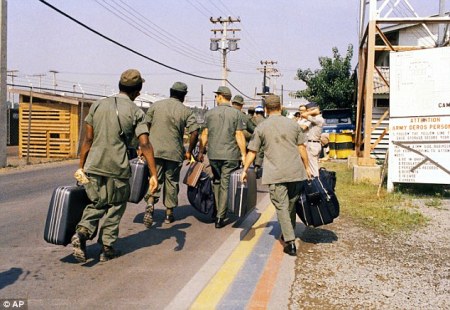
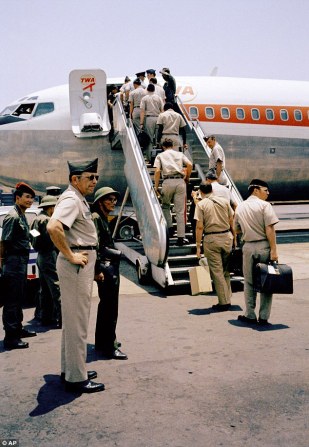



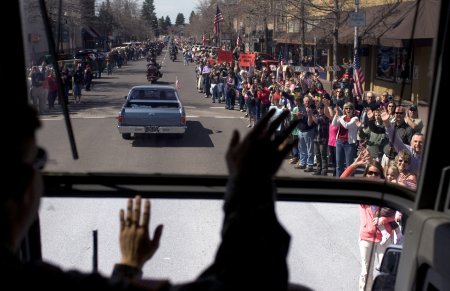
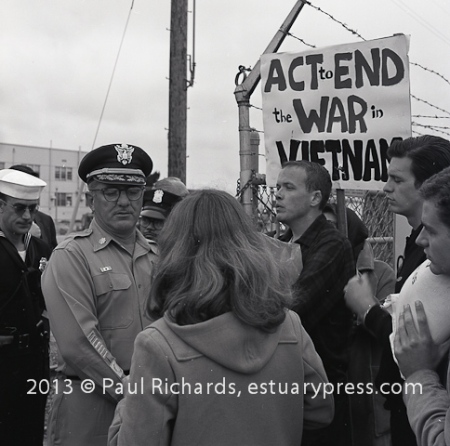
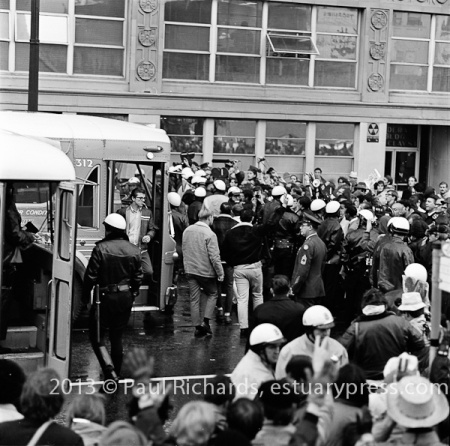



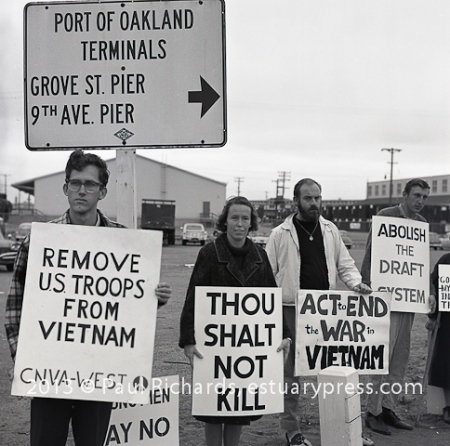
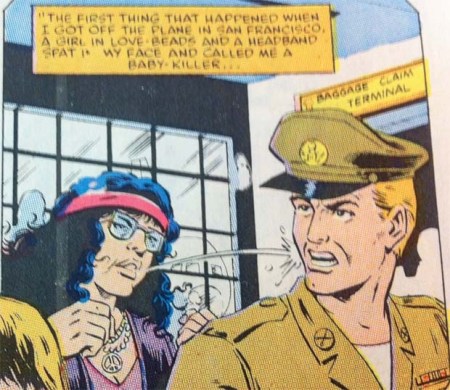

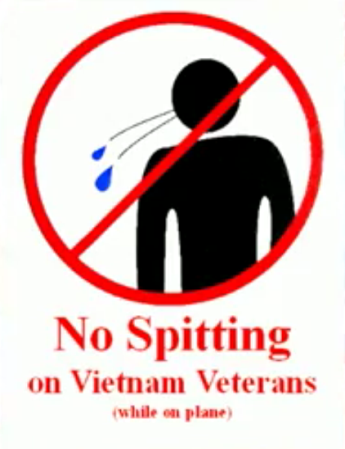

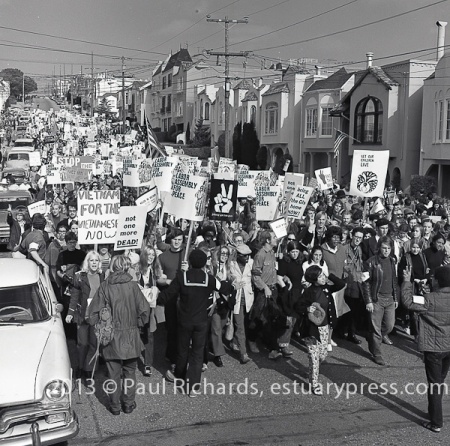




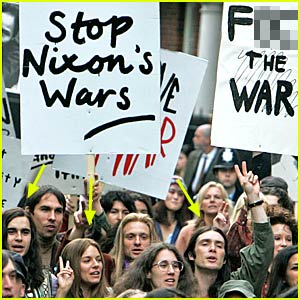

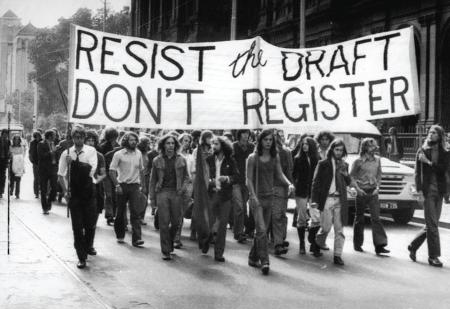
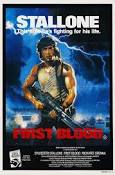
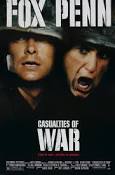

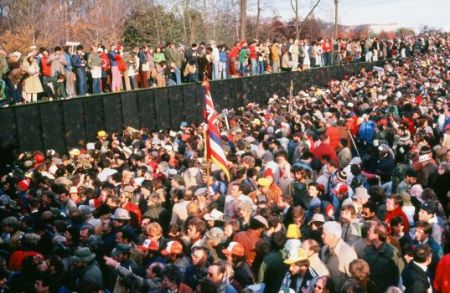

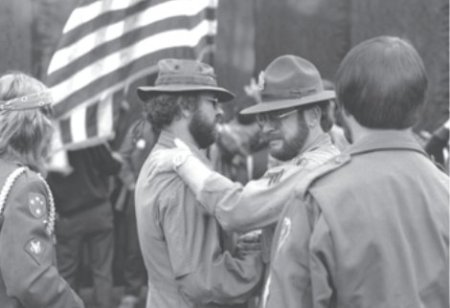
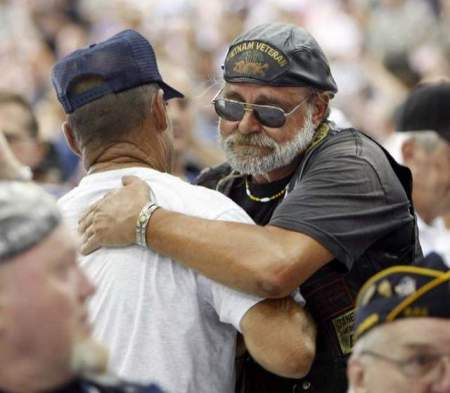
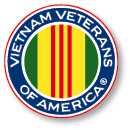
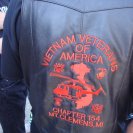
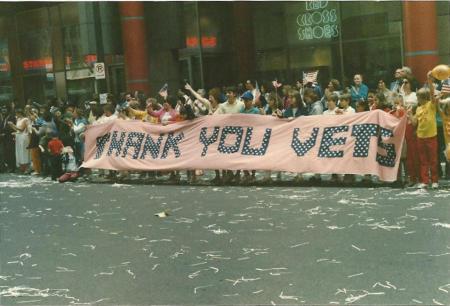
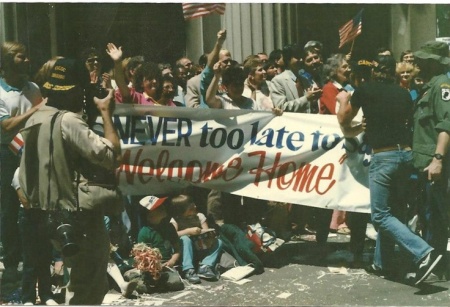
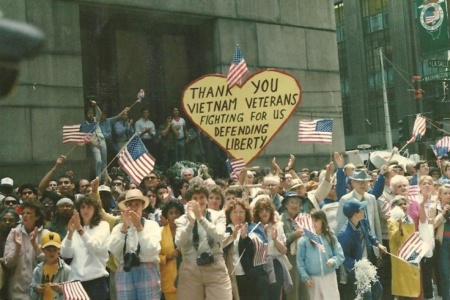
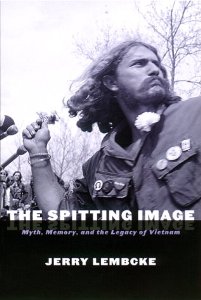


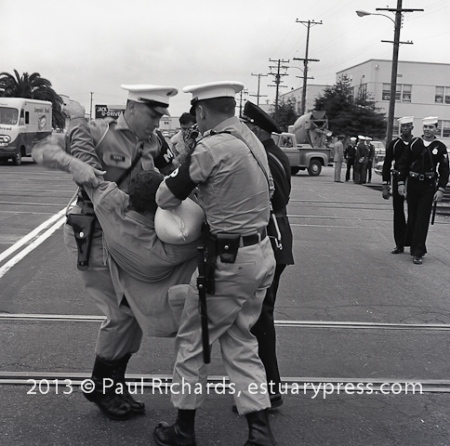

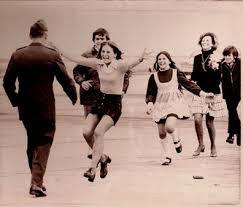



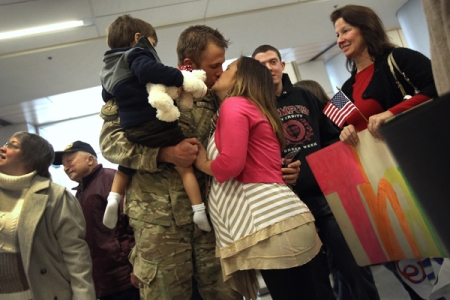
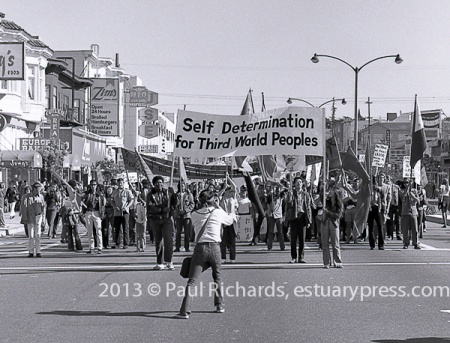
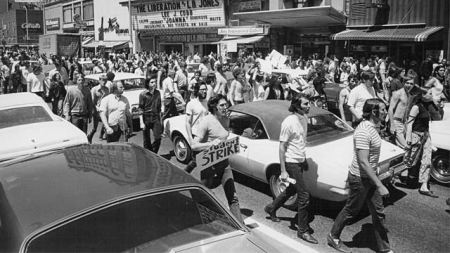
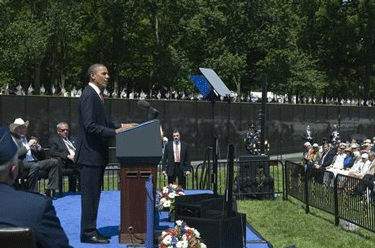 Many Vietnam vets remain embittered by the treatment they experienced
following the war. The social alienation of Vietnam veterans,
ostracized by the community instead of being welcomed home, has
contributed to the problems of PTSD.
Many Vietnam vets remain embittered by the treatment they experienced
following the war. The social alienation of Vietnam veterans,
ostracized by the community instead of being welcomed home, has
contributed to the problems of PTSD. 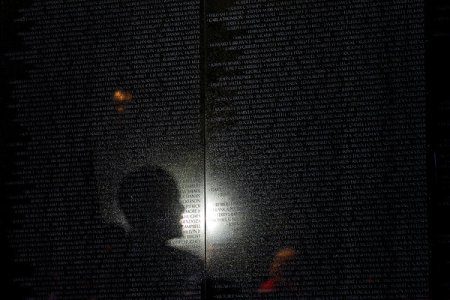
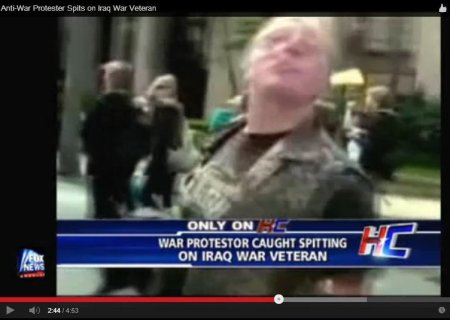

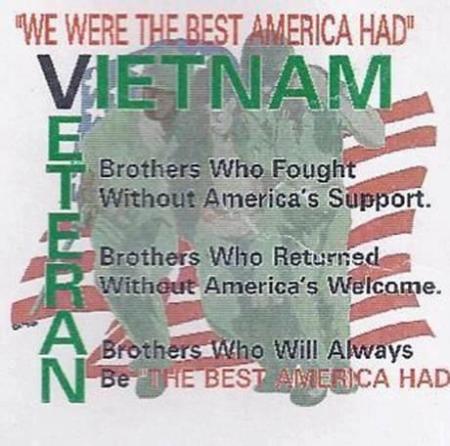
No comments:
Post a Comment